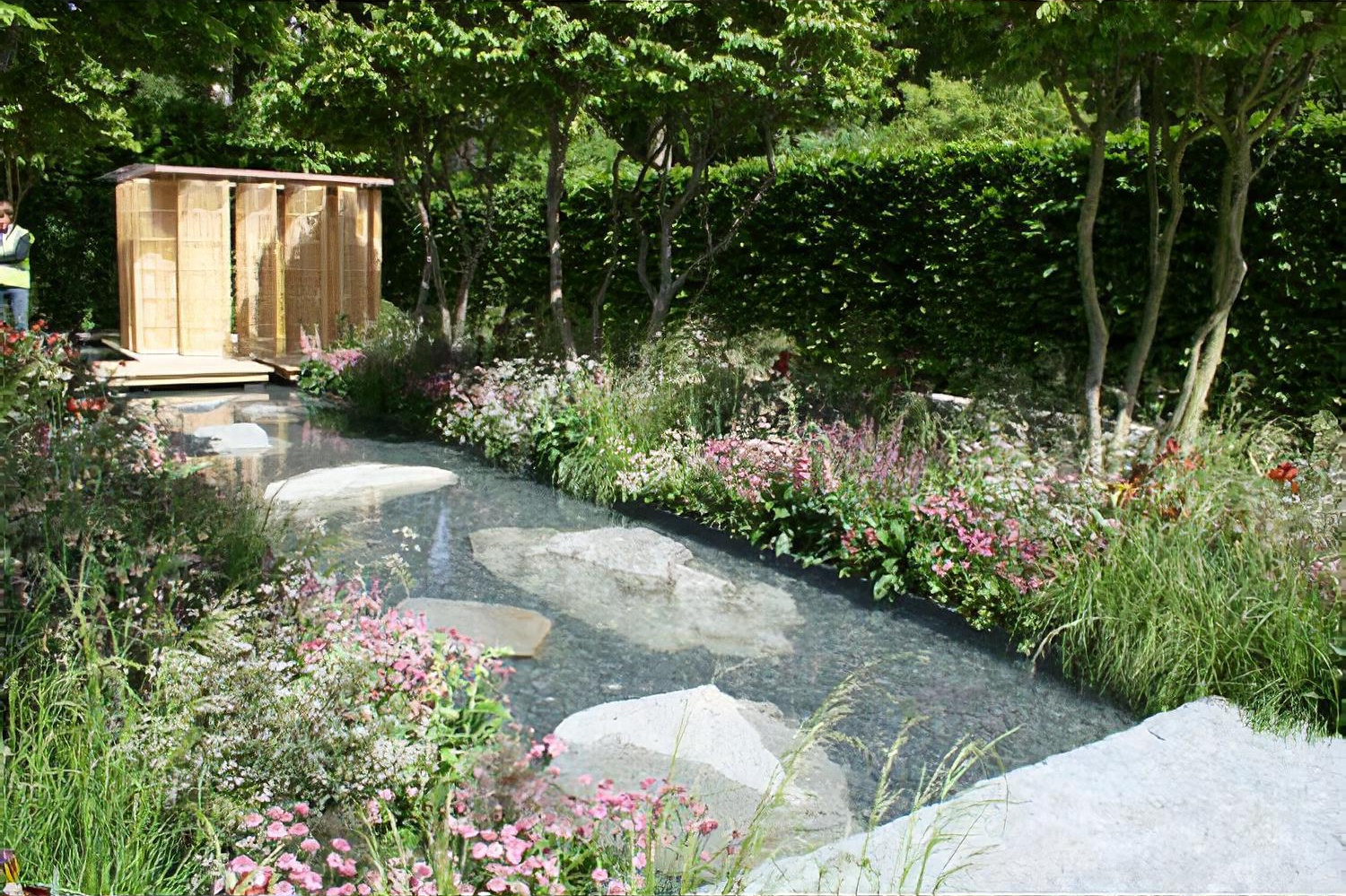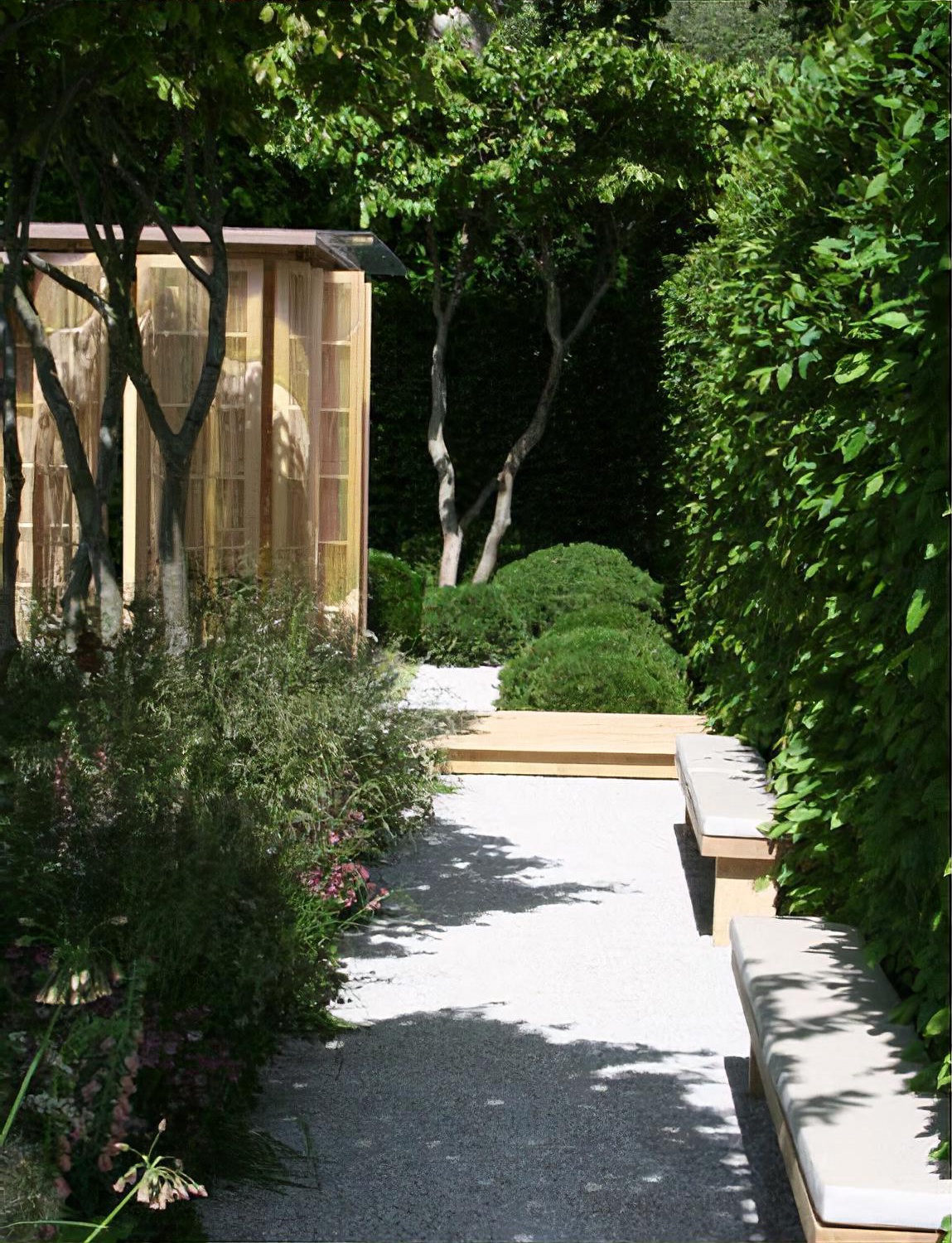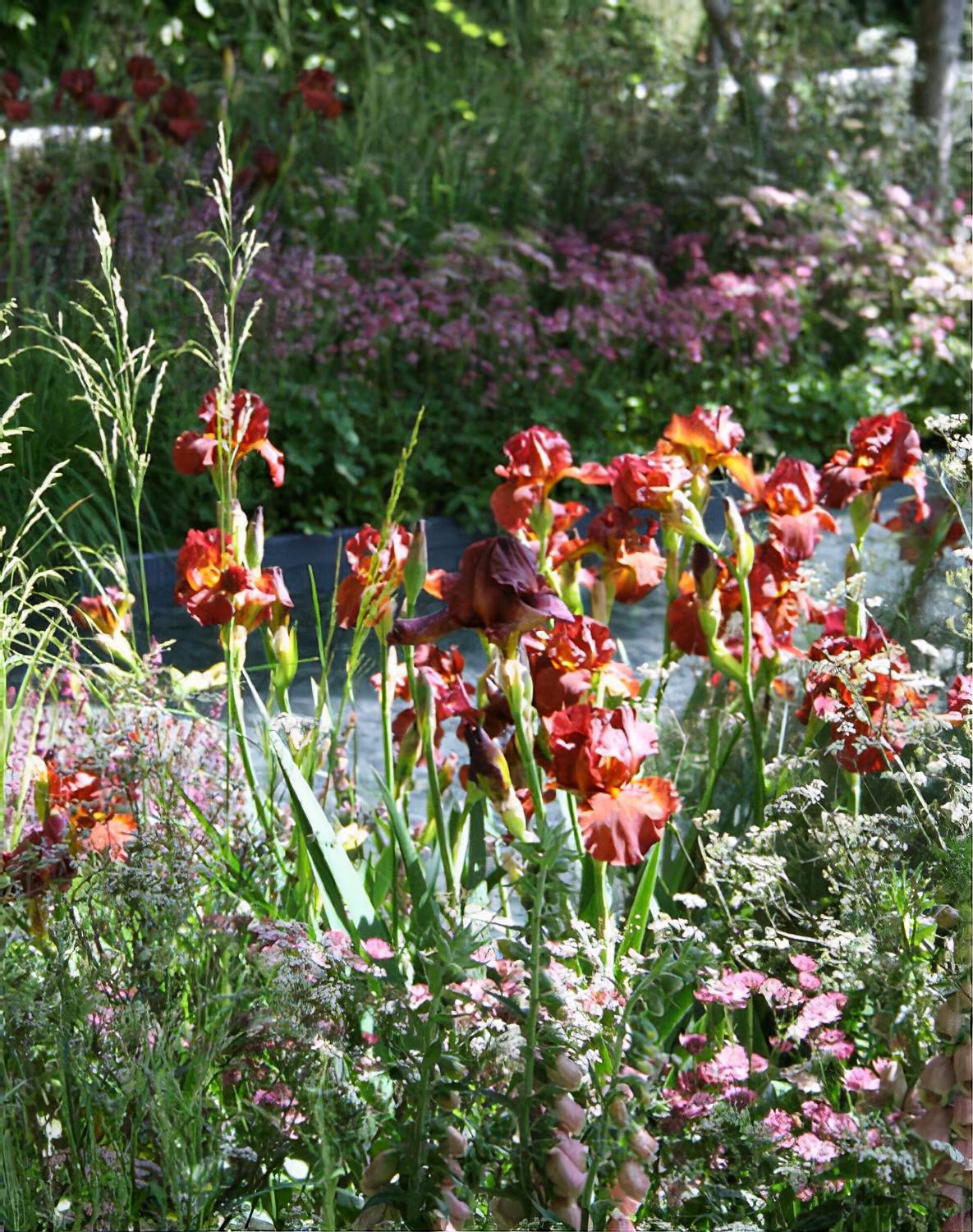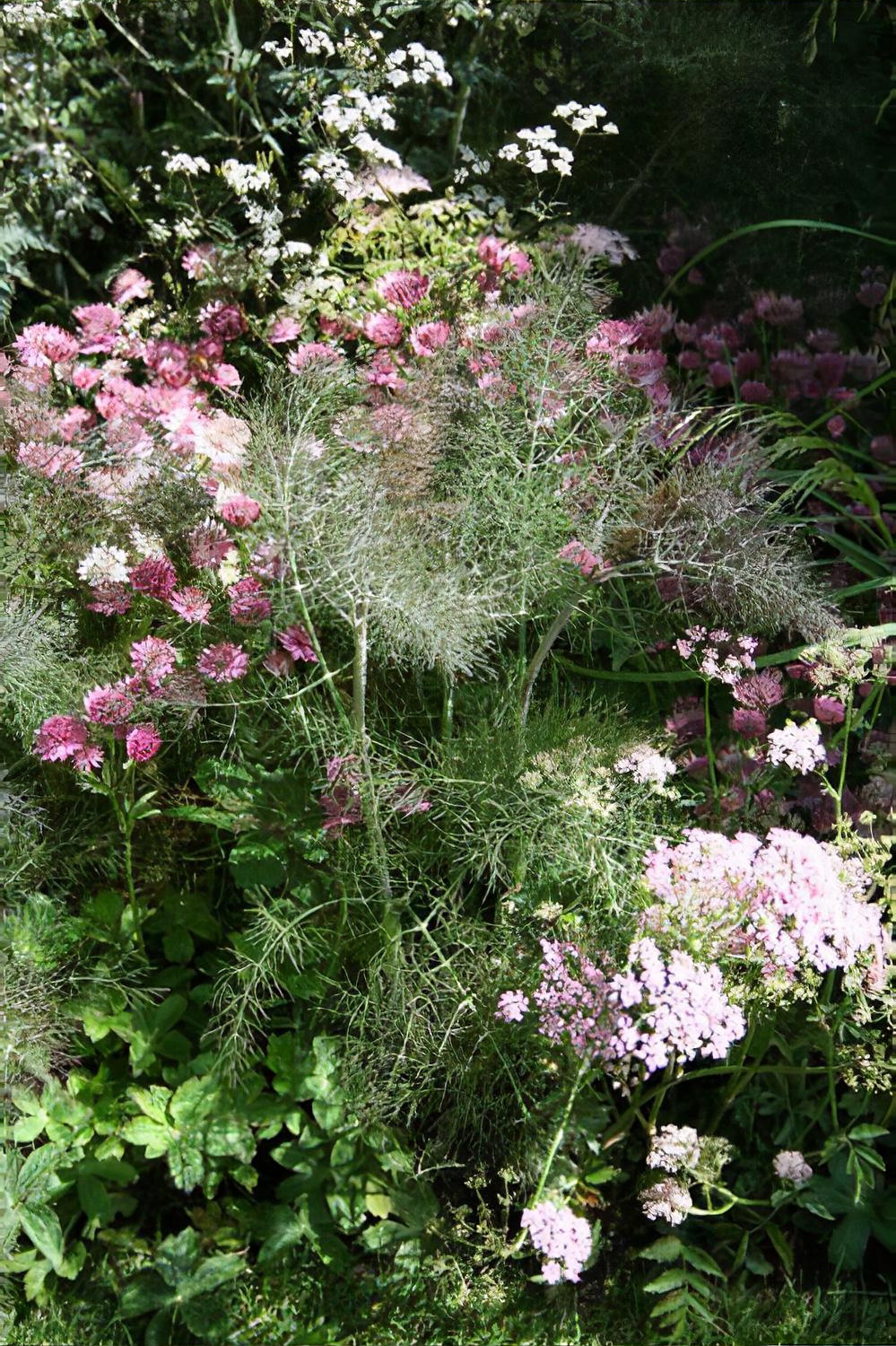The Oxford College of Garden Design launches two new 4 week on-line planting courses for industry professionals and enthusiastic amateurs.
The Oxford College of Garden Design in conjunction with its sister site MyGardenSchool have launch 2 new online planting design courses taught by multi award winning Hillier Nurseries MD; Andy McIndoe.

Week 1: The role of shrubs in the garden and how to use them. How to selecting the right shrub for a situation and a guide to buying the best plants. Giving your shrubs the best possible start in your garden; how and when to plant them.
Week 2: Caring for your shrubs. How and when to prune flowering and foliage shrubs to control shape, size, foliage quality and flowering. Feeding your shrubs: how, when and why.
Week 3: Hard working foliage shrubs – the foundation of good planting. The importance of shrubs for structure in gardens of all sizes. Maintaining a colour scheme with foliage throughout the year and creating exciting planting combinations.
Week 4: Shrubs for interest throughout the year. A pick of the best shrubs that will work hard in your garden to deliver colour, texture and form in every situation, including sun, shade, clay, chalk and in pots and containers.

Week 1 – Tree for all Gardens – Introduction
Why plant trees? The role of trees in the landscape and the visual impact of trees in different seasons. The environmental impact of trees and their role in attracting wildlife into your garden. Trees for screening, trees for shelter and trees for shade. Why we are afraid of trees in gardens. What are the risks and the relationship between a tree and a building.
Week 2 – Trees for Small Gardens
Choosing the right tree for a specific situation focusing on the small garden. The best choices for country gardens and for town gardens including trees for pots. Choosing trees for more than one season of interest: for fruit and flowers, bark and foliage colour.
Week 3 – Planting Trees and Productive Trees
Buying a tree; how, when and what to look for. Planting a tree: giving it the best possible start in life – the importance of staking and aftercare. Fruiting trees as an alternative to or in addition to ornamentals: including apples, lemons, olives and figs.
Week 4 – Designing with Trees
Trees as part of a planting scheme; how a tree can lead a planting scheme through the colour of its foliage. What to plant with foliage trees to create a planting picture. Climbers to grow through trees. Planting trees for future generations.
Both courses are on line, allowing students to study from the comfort of their own homes. The next course starts on 5th November and then monthly on the first Saturday of each month. To book please visit our website at http://www.my-garden-school.com/courses/































